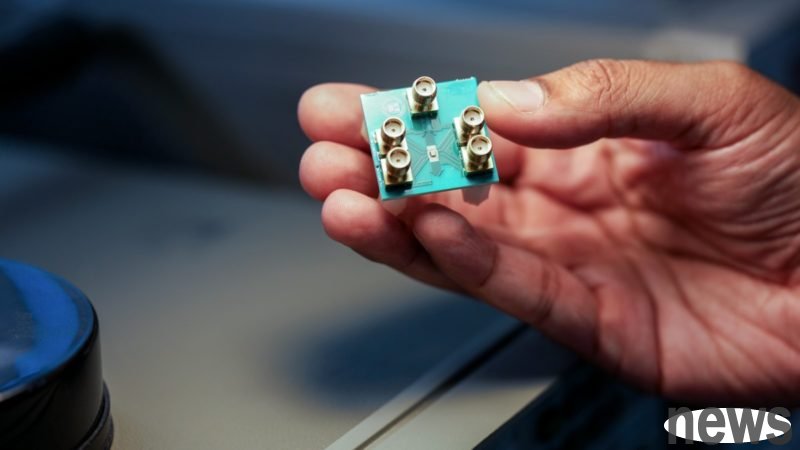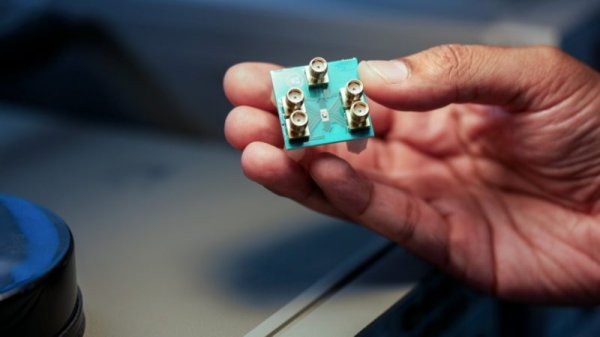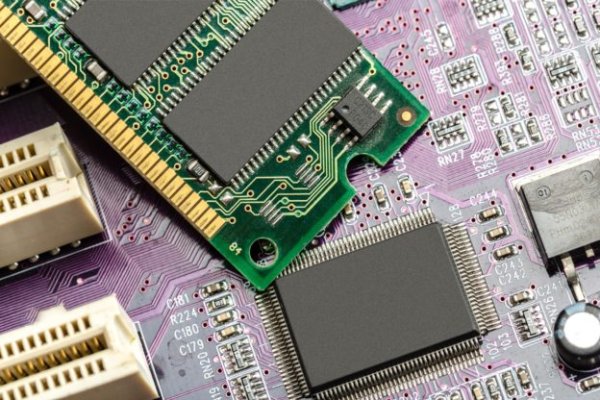The first microwave chip: a revolutionary breakthrough in artificial intelligence and wireless communication

Teams such as Bal Govind and Maxwell Anderson of Cornell University published the world's first "microwave brain" chip in the journal Nature Electronics on the 11th. The breakthrough adopts adjustable microwave wave guidance instead of traditional digital logic gates, realizing tens of GHz high-speed data processing and neural network computing, with power consumption less than 200 milliwatts, which is one-third of the power consumption of existing digital chips.
The design of this experimental chip is completely different from that of the tradition. Traditional chips use clock-driven binary logic gates to gradually process data. Connell University uses adjustable microwave waves to promote information flow, allowing the data mode to appear and identify immediately, and the speed can reach tens of gigahertz, which clearly reduces energy consumption and increases speed, making it an AI path that is available at any time for small devices without cloud terminals.
Each waveguide is like a "physical neural element", and the microwave signal amplitude, phase and frequency can be adjusted to show data characteristics. These characteristics are formed before the genomic domain interaction and interference, resulting in rich patterns, which are formed before the signal is digitized. In physical hybrid propagation, in fact, performing digital networks usually requires multi-layer software to complete feature extraction and conversion.
Konel chips directly embed the AI framework into the hardware and use microwave natural behavior to process inflow data flow. With its value stored in the memory and repeated a lot of calculations, the microwave network itself can handle heavy calculations. Small adjustable components such as electronic tuning instruments and signal converters can instantly change chip paths and switch between different AI tasks without training from head.
The wireless signal classification accuracy of Connell chips reached 88% during the test, which is comparable to the performance of the digital model with a larger size. This accuracy remains stable in both simple and complex tasks without the additional circuits and error corrections that digital systems usually require.
Due to the sensitivity of the hardware to signal behavior changes, the scope of Connell chip applications does not limit AI computing, and can also monitor wireless channels that are abnormal wireless traffic, track mined targets or decode skews. The team believes that it can even embed personal devices and execute local AI models without relying on cloud servers.
Currently, the "microwave brain" is still in the prototype stage, but with the support of the US National Defense Advanced Research Program (DARPA) and the National Science Foundation, the Connecticut team has been expanding and integrating it into existing microwave and digital systems. If successful, the boundaries between computing and communication hardware may blur quickly, creating a new era, with mobile processors becoming antennas, and smart watches can think without relying on clouds.
Researchers build world’s first “microwave brain” chip that can think like AI and talk like a radio — all at gigahertz speeds Scientists Develop First ‘Microwave Brain’ on a Chip Cornell researchers build first ‘microwave brain’ on a chip From The College of Engineering At Cornell University: “Researchers build first ‘microwave brain’ on a chip” Scientists Build First “Microwave Brain " on a Chip for Ultrafast AI and Communications



